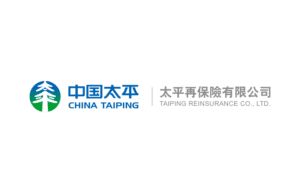Sasria sees ILS market as potential power grid failure reinsurance source

Sasria, the state-owned insurer in South Africa that provides cover for riots, public disorder and other difficult to place risks, is facing a reinsurance market with diminishing appetite for exposure linked to power grid failure, which has led it to consider insurance-linked securities (ILS) such as catastrophe bonds.
Sasria has been challenged by the reinsurance market to stem claims related to electricity grid failure as a result of an unprecedented level of load-shedding seen in South Africa of late.
The countries energy grid has been teetering on the brink of collapse and in response to the lack of reinsurance market appetite for energy grid exposure, Sasria had already tried to stop covering civil unrest claims related to a potential total collapse of the national electricity grid.
But insurers in the country pushed back and Sasria was forced to backtrack on that, so the state-owned insurer now faces a reinsurance renewal in 2024 from which it now anticipates reinsurers will exclude power grid failure cover.
According to a report by the Sunday Times of South Africa, already one reinsurance firm on Sasria’s panel has excluded the grid failure risk and now Sasria expects others will follow-suit when it begins its renewal process early next year.
Sasria CEO Mpumi Tyikwe told the Sunday Times, “Insofar as grid failure is concerned, as for now up to the end of March next year Sasria is going to continue to give that cover. We will then go into negotiations with our reinsurers in … February, and they are going to assess the likelihood of grid failure.”
He went on to say that the indication is that the reinsurance market will impose a grid failure exclusion, which would make it impossible for Sasria to continue providing that cover.
The Sasria CEO then said that, if the reinsurance market is not amenable to taking this element of its cover, Sasria could explore insurance-linked securities (ILS) markets and potentially a structure such as a catastrophe bond.
“We are exploring every option on the table. The team is working hard to find an alternative solution. A catastrophe bond is an alternative source of insurance for a business. Normally we get capital from shareholders; if they don’t have capital, we go to reinsurers. If they don’t have capital we can go to a catastrophe bond for specific categories,” he told the Times.
Which would be a fascinating test for the ILS market and cat bond investors.
It’s hard to think the market would be that receptive to this type of risk at a time of such abundant issuance of natural catastrophe exposure at very attractive risk spreads, as we see today.
But, the ILS market does have investors with an appetite for a different type of exposure and potentially higher returns, so it’s not impossible that some alternative reinsurance capital providers may find this type of risk attractive, although it’s more likely to have success in collateralized reinsurance form, than as a catastrophe bond.




